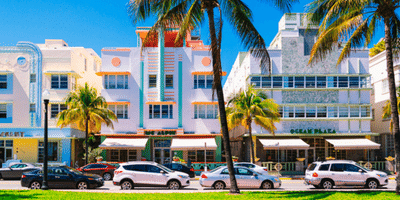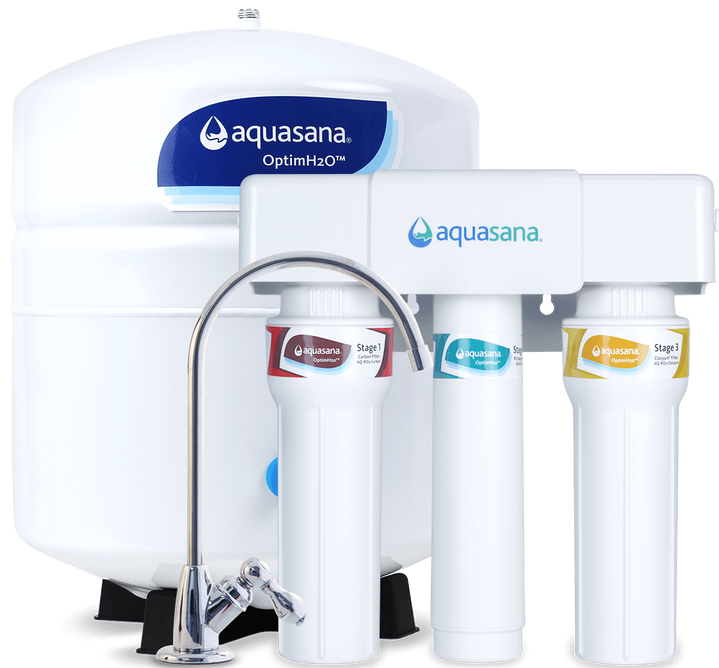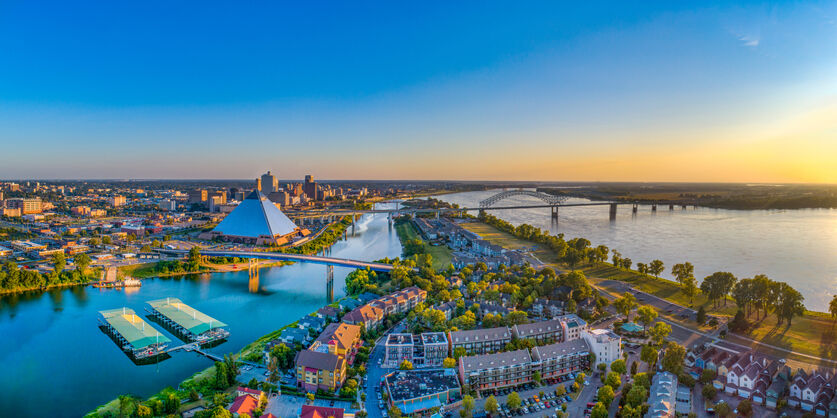Des Moines, Iowa
Des Moines’s tap water possesses the accolade of containing the lowest levels of bacteria and chlorine in the U.S., and much of that is thanks to the city’s tight control of municipal water treatment. The city’s water treatment facility also employs sensors in the water that detect nitrites. On top of it, the city is dedicated to transparency with residents, publishing daily metrics on the contaminant levels in the local water supply.
Eldorado, Colorado
While not exactly a city, Eldorado won first place in the 2022 Berkeley Springs International Water Tasting (BSIWT) rankings for best municipal tap water. The competition has been going since 1991, so BSIWT knows good-tasting water. First-time winner Eldorado wasn’t just crowned best in the U.S., but best in the world for its crisp, clear water. This year’s contest included waters pre-selected from 14 U.S. states, 11 foreign countries, and 10 provinces in Canada. The annual BSIWT ranks waters based on appearance, aroma, and taste, among other factors, like how clear the water is.
Independence, Missouri
Independence took 3rd place in Berkeley’s 2022 competition, won it outright in 2021, and has placed highly in previous years as well. What makes the city’s tap water so good? It comes directly from an aquifer and the local government doesn’t need to add many chemicals to it for disinfection.
Berkeley Springs, West Virginia
Berkeley Springs, which hosts the Berkeley Springs Water Tasting contest, took 5th place in the Berkeley Springs competition. That might make the skeptics among us raise an eyebrow and wonder if the contest is rigged, but 2022 is actually the first time Berkeley Springs placed 5th.
Known for its hot baths — which rich denizens flocked to for health as far back as the 1700s — Berkeley Springs not only boasts the annual competition, but also “the only outdoor monument to presidential bathing.” That is correct — there’s an actual monument dedicated to presidents bathing. George Washington once bathed there, and the moment is immortalized with a monument that still has a natural spring, from which residents still fill up water jugs.
Which towns and cities have the worst water quality?
It’s clear that not all cities in the U.S. have the cleanest water supplies. By now we all know the crisis that unfolded in Flint, Michigan in 2014 due to corroded lead pipes damaging the city’s water supply, but there are less-covered concerns in other cities as well.
For instance, the Guardian conducted its own study of water testing across the U.S., finding 33 cities that used what the media outlet called “cheats” that could hide dangerous contaminant levels. Of these, the Guardian claims, “21 (cities) used the same water testing methods that prompted criminal charges against three government employees in Flint over their role in one of the worst public health disasters in US history,” which is hardly a ringing endorsement. So it’s equally important to avoid areas that aren’t exactly known for their clean water records. Below you’ll find some of the worst offenders.

Newark, New Jersey
In recent years, Newark has had drinking water with elevated lead levels (more than 15 parts per billion), and worse than that, Newark officials failed to notify families that their children had had elevated lead exposure. To make matters worse, testing also revealed higher levels of haloacetic acids (HAAs), which can lead to cancer, in Newark’s water.
Martin County, Kentucky
Martin County is no stranger to water issues, particularly after a coal sludge spill in 2000 sent 300 million tons of coal waste with heavy metals like arsenic and mercury into local waterways.
But as NPR reported in 2018, Martin County has faced infrastructure problems that cause water issues even in recent years. Residents often see brown water come out of their pipes and many won’t use it at all. In 2017 alone, the county saw 29 line breaks among the pipes carrying water from treatment plants to residents.
Compton, California
In 2018, the state of California took over water delivery in the city of Compton after residents had already spent years with brown, foul-smelling water. Among mismanagement of the local water board, the system was also a victim of aging infrastructure with pipes that deposited manganese into the water.
Rural Texas
The Texas Observer reported that half a million Texans live in areas near military sites have groundwater polluted with “forever chemicals,” which are compounds that take thousands of years to break down. The chemicals are a byproduct of a special foam that firefighters have used since 1970 to put out blazes at bases. These compounds, known as polyfluoroalkyl substances (PFAS) are known to cause cancer and infertility, among other things.
Miami, Florida
Forever chemicals don’t just haunt rural areas, though. Miami, Florida’s water had high concentrations of PFAS (57 parts per trillion) when tested by the Environmental Working Group (EWG). In fact, Miami’s levels were among the highest of all the cities that EWG tested. Though maybe it’s not fair to pick on Miami in particular here. The EPA recently lowered what they consider to be acceptable levels of PFAS in water and are now saying that almost any detectable level of PFAS in water are too much for human consumption, which adds many more cities to the list of PFAS danger zones.
What can you do about your city’s water quality
If you don’t live in one of the cities with the best tap water, it’s still possible to take steps to ensure you’re drinking healthy, clean water at home. Here’s a few of the steps you can take to reduce contaminants in your water.
Test your home’s water
One thing everyone has control over is simply testing the water in their home (or future home). Consumer Reports offers a convenient guide to testing your water at home.
Check the EPA’s local water rating
Another step you can take before moving locales (or even to see if maybe it’s time to finally do it) is to check the Environmental Protection Agency’s (EPA) local water ratings. The EPA keeps track of water quality data across the country, offering it in searchable format and also provides downloads of compliance data.
Filter your water
Regardless of the city, town, or rural area you may live in, one option to promise you and your family safe drinking water is to filter it on your own. Aquasana offers the Clean Water Machine, which filters 78 different water contaminants including lead and PFAS, not to mention it’ll look stylish in your kitchen.
For whole-house filtration, turn your sights toward the OptimH2O Whole House Filter. Keeping every faucet in your home pouring with crisp, clean water, the Whole House Filter filters chlorine, lead, PFOS and even more. It’s also IAPMO certified, meaning it’s been tested and proven to meet NSF standards.
Meanwhile the Rhino 1,000,000 Gallons with Salt-Free Water Conditioner add-on filters your home’s water for 10 years and up to one million gallons of water. It’ll tackle hard water, too, keeping your water free of contaminants no matter what city or town you choose to live in.




